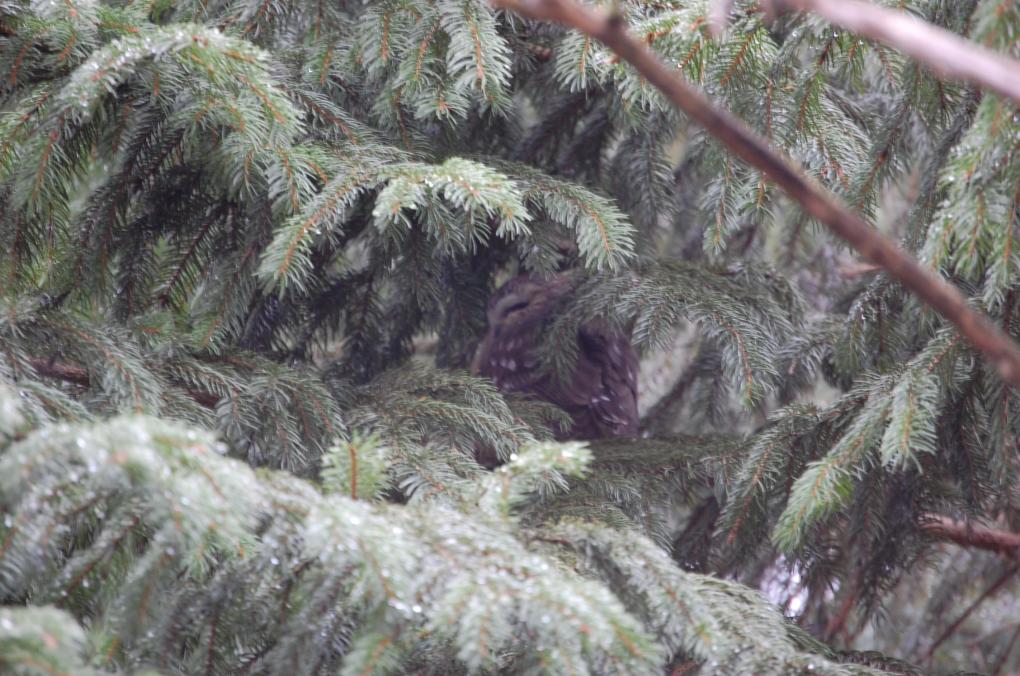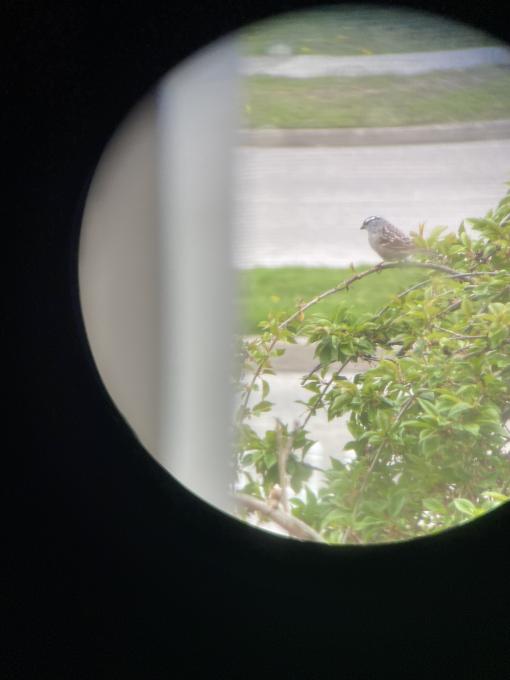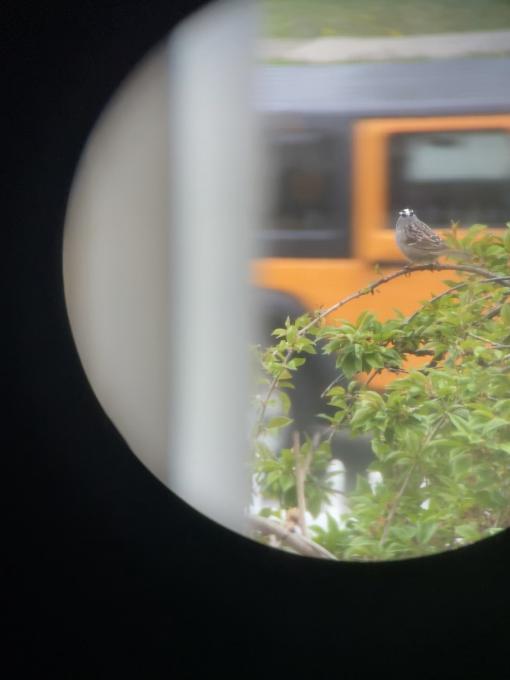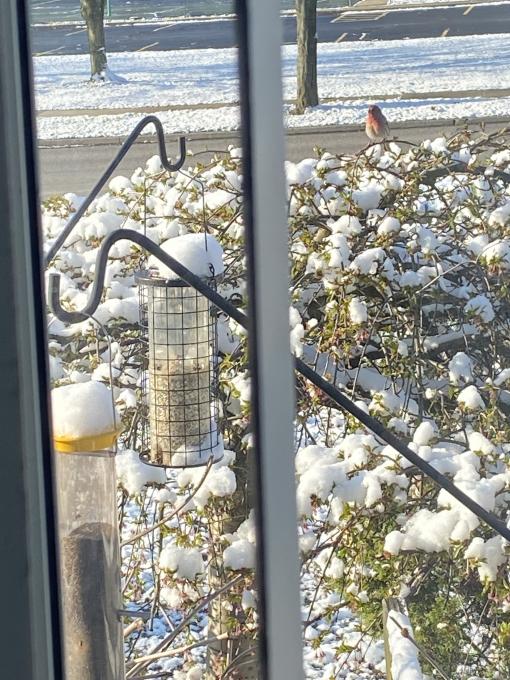Katie
Forum Replies Created
Viewing 13 posts - 1 through 13 (of 13 total)
-
KatieParticipantVery cool course. Different from some of the other birding ones BUT it was interesting learning about the sight, feathers, and hearing of owls. I also liked the links to more in depth articles about owls. They are definitely a lot harder to find in most people's day to day life, but that is was makes the fascinating when you do. I am lucky and I live next to the Cuyahoga Valley National Park so I have seen some Barred Owls in a set location the last couple years........still would love to see a Great Horned Owl in person.in reply to: Find the Hidden Owl #776107
-
KatieParticipantThe bushbaby totally sounded bird like. Also I'm surprised how many of the non-owl sounds were more typical North American mammals. I guess many people recognized just by sight and not sound.in reply to: Is It An Owl? #776101
-
KatieParticipantYes, that was interesting about the lack of really preparing the net. Not much cushion as all either, unlike the soft lined nest of some songbirds.in reply to: Young Owls Grow Up #774373
-
KatieParticipantAgreed that was interesting to read and then see. Again, it helps that some of those owls are apex predators; although for some young maybe that is when they are snatched by other predators.in reply to: Young Owls Grow Up #774372
-
KatieParticipantOwls definitely work alone....but that is similar to most raptors. It is also interesting how they are able to find their prey even in the winter time, unlike some song birds that have to travel in order to continue to feed. Do owls greatly change any of their diets for the winter time? I know some songbirds like the Eastern Bluebird change their diets for the winter months. I was very lucky this weekend to see a Northern Saw Whet Owl that likes to come to the Cleveland Lakefront Nature Preserve but other than that I have only see Barred Owls. Owls are so much harder to find...not only because of their nighttime lifestyle but also when we can see them during the daytime, their feathers SO greatly camouflage them! Plus they are normally so still as they are sleeping. Looking forward songbirds, you are always drawn to the movement of them.

 in reply to: Young Owls Grow Up #774371
in reply to: Young Owls Grow Up #774371 -
KatieParticipantI agree about the variety of birds you see once you start paying attention! They aren't all just some brown birds.in reply to: Activities: Helping Birds in Your World #696879
-
KatieParticipantActivity 1: I've always appreciated birds. Then I owned some parakeets for 10 years and when I decided to give up having birds in my apartment, I set up some feeders. Now I'm enjoying honing my bird skills. Activity 2: I have been working on most of the 7 ways to help birds so that is encouraging and I will continue to do so. I also support some strong, certified environmental charities. I can't think of some better organizations than Earth Justice (https://earthjustice.org), Natural Resources Defense Council (https://www.nrdc.org) and the Sierra Club. Activity 4: I want to continue to work on IDing bird song and IDing birds from sight. It truly is amazing to me how many colourful and beautiful birds live in the Midwest.in reply to: Activities: Helping Birds in Your World #696878
-
KatieParticipantYay! Another Cuyahoga River area person! It has been amazing to see the river's transformation just within the last 7 years or so when they got rid of a few more dams, only two more left now! I've noticed more Kingfishers and the Bald Eagles.in reply to: Activities: Exploring Bird Habitats #696737
-
KatieParticipantActivity #1 I glanced out the window today and saw a different looking bird sitting in a tree next to my feeders. I grabbed my binoculars to take a closer look. I'm so glad I did because it was a quite uncommon White-Crowned Sparrow. I watched him sit there brave as can be and then he began to pick at the tree a bit and move farther down it. Then he flew just a few feet and began foraging on the ground under my sunflower seed feeders. So excited to see an uncommon bird in a city setting. Activity #2 I regularly have House Finches at my safflower feeder and they grab the seed and either feed right at the feeder or sit nearby and eat it and then go in for some more. Unlike the few chickadee and titmouse that show up where they grab a seed and then hide in the nearby tree and bang at the seed between their feet to get parts of it open. Then they will go back and get another seed. The Gold Finches at the thistle feeder sit there for a long time eating away but they have been getting more territorial with each other. Activity #3 Around my house today, I heard House Sparrows, House Finches, Gold Finches, Tufted Titmouse, Cardinal

 in reply to: Activities: Noticing Behaviors #696524
in reply to: Activities: Noticing Behaviors #696524 -
KatieParticipantI've seen something like that with Blue Jays. They seem to be very good mimics as well as singing a variety of their own songs.in reply to: Activities: Local Bird Exploration #695076
-
KatieParticipantI've often found that their crest do go down when they feed and often if you see a male cardinal, a female will be nearby as they do breed for life, I believe.in reply to: Activities: Local Bird Exploration #695075
-
KatieParticipantIt is a drizzly type of day but in a 15-30 minute span at my feeders, I've seen House Finches, Gold Finches, Tufted Titmouse, Northern Cardinal, Chipping Sparrow, and House Sparrows. So thankful that I have some feeders up and have attracted a decent variety of birds in my more urban setting, although the city is designated a Tree City.in reply to: Activities: Local Bird Exploration #695070
-
KatieParticipantI have been happy with the birds that have been visiting my feeders. They are actually quite brave as I live on a busy street. But I've been happy to see some House Finches, Gold Finches, Black-capped Chickadees, Northern Cardinals, and Titmouse. I have also been able to walk in some of the nearby parks and excitedly I saw my first Male Wood Duck. I've often seen the females and the chicks but not the males. I also am lucky to have a bald eagles nest only a few miles from where I live and was able to see this Bald Eagle perching near the river. It really is a perfect time to bird with hardly any leaves out. *Sorry for the through the binoculars photos but that way you can kinda see the birds.


 in reply to: Activities: Exploring Birds #694141
in reply to: Activities: Exploring Birds #694141
Viewing 13 posts - 1 through 13 (of 13 total)






